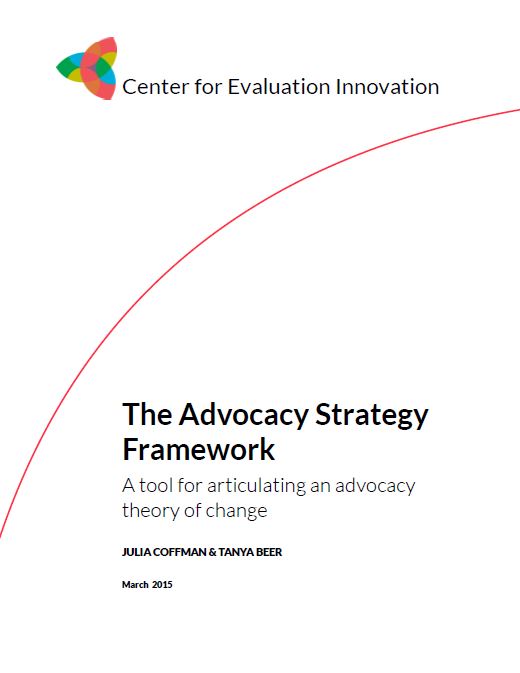
An Advocacy Theory of Change
This tool can be used to design an advocacy theory of change. It leads a group through six questions for discussion, provides facilitation tips, and several graphic representations of what final strategies might look like.
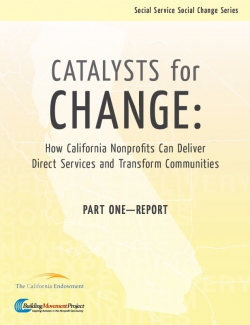
Catalysts for Change: How California Nonprofits Can Deliver Direct Services and Transform Communities (REPORT)
With the support of The California Endowment, the Building Movement Project surveyed over 450 California-based nonprofit direct service providers to explore whether they are integrating social change activities into their work. The survey results, which are discussed in Part One of Catalysts for Change, demonstrate that the language and activities of civic engagement, constituent voice, and social change are familiar to service providers in California, even if they may not be universally agreed upon. The range of activities beyond services reveals a clear need for more support and direction for service providers that are interested in addressing the systemic causes of problems facing clients. The report offers recommendations that speak to the roles funders, nonprofit technical assistance providers, intermediaries, academics, and others can play in helping organizations integrate social change-oriented efforts into their existing direct service work.
To read Part Two: Case Studies of Catalysts for Change, click here.
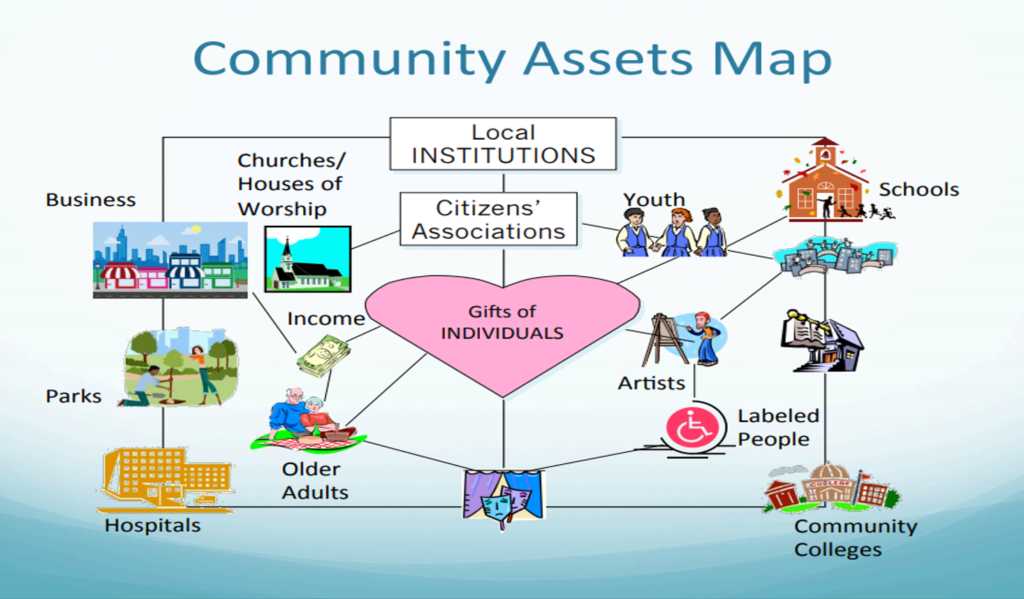
Asset Based Community Development Resources
Asset Based Community Development is a strategy to link individual and community assets to the larger change initiatives so that communities
can drive the development process by identifying and mobilizing existing, but often unrecognized assets, and thereby responding to and creating local economic opportunity. This website/toolkit is a link to Asset Based Community Development resources. It provides talking points, asset mapping tools and facilitation tools. In the context of assessment, the approach uses a capacity inventory rather than a needs assessment to identify assets within the community that may not be obvious or useful to residents.
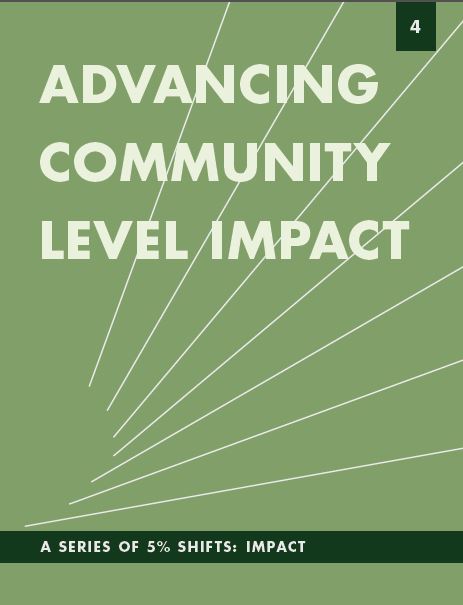
Advancing Community Level Impact
This report examines how two organizations developed and executed strategies that advanced their commitment to bridge the service-organizing “divide” by thinking beyond individual needs to address problems at a community level.

From Input to Ownership: How Nonprofits Can Engage with the People They Serve To Carry Out Their Missions
This article is about asking, listening, and more. It looks at how some leading nonprofits are engaging clients, beneficiaries, or residentstheir constituents in order to deliver services more effectively and have more impact on the social concerns they are trying to address.
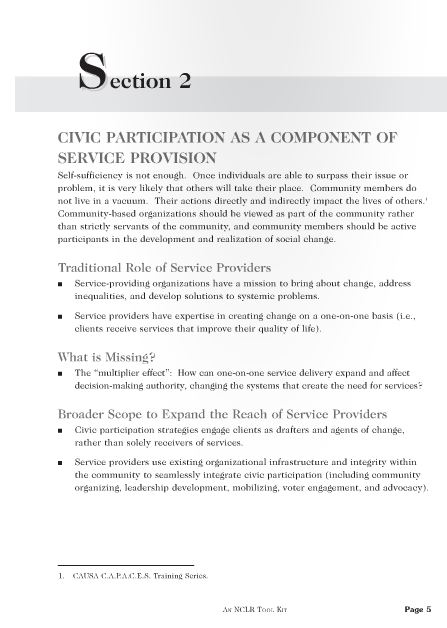
Civic Participation as a Component of Service Provision
This is section 2 of the “Integrating Civic Participation Strategies into Service Delivery Organizations” Toolkit, which was created by the National Council of La Raza (NCLR) in order to create a participation continuum that links constituencies to a variety of civic opportunities such as citizenship promotion and engaging in issues. This section focuses on expanding the traditional role of service providers to affect decision-making authority, changing the systems that create the need for services.
